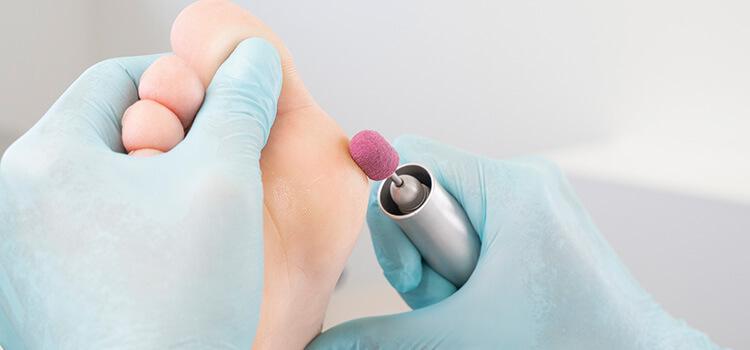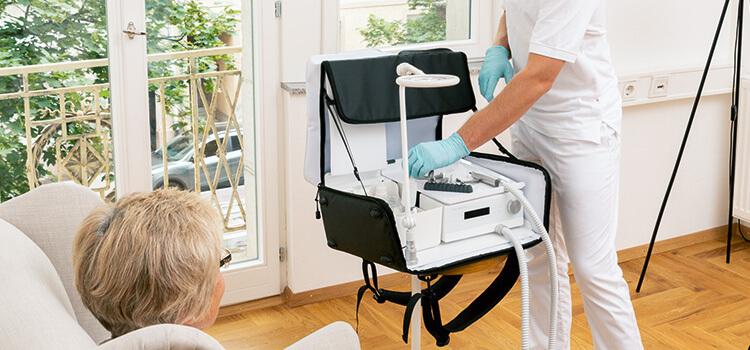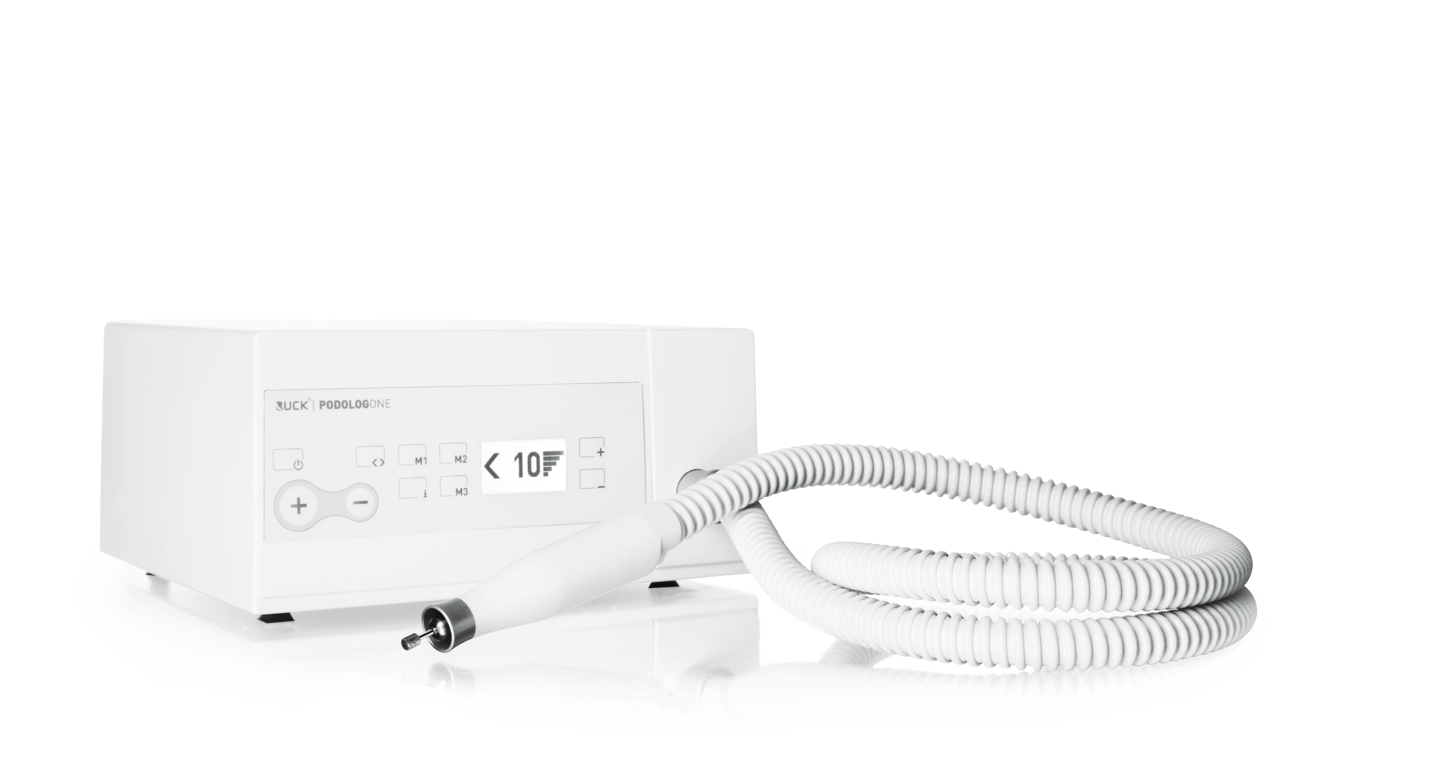
Wet versus dry - these polar opposites extend into podiatry. Podiatry drills work with two types of technique that have the same goal but distinctly different approaches. But how does the dry technique differ from the wet technique? What are the advantages and disadvantages and why does RUCK choose to only use the dry technique in its product offering?
The big difference between the two techniques is found in the binding of the dust. During dry work, the nail and skin dust is extracted directly at the handpiece and collected in a
purpose made filter bag, whereas with the wet technique, a wet spray mist is used to bind the dust during the treatment. The difference between the two techniques, although the dust is removed from the field of vision in the both ways, is significant - because the opinions about the favoured method are sometimes very contradictory. In the end, personal preference can always determine which technique you choose. Take your time before buying a unit and compare the advantages and disadvantages. Do not disregard the points that extremely negatively influence the use of the wet technique in our opinion.

The advantages and disadvantages of the dry technique
Hygiene is the key benefit when using the dry technique: The nail and skin dust that forms during treatment is immediately extracted at the handpiece, which ensures that the field of vision is always clear and so ensures precise work. Even micro particles are permanently and successfully trapped and then the dust bag/filter is easily disposed of. As no spray mist is used to bind the dust, no moisture collects on skin, hair and clothing. In addition, when working with the dry technique, there are no restrictions in the choice of your bur. The fact that the technology used by the dry technique is robust and easy-to-maintain is another benefit that contributes to the good price-performance ratio of our drills. A disadvantage is the slightly higher noise level due to the suction along with the danger of heat development at higher speeds and when not used properly.

The technology used is superior thanks to its robust and easy-to-maintain properties. When a service is required, you will receive a loan unit during the time that you own unit is away.

The dry technique is perfectly suited for work over a wide area, for example during the removal of callus.

The dry technology offers high power even in low speed ranges, which are intended for burs or grinders with large heads.

Since the drills do not have a large weight, they are ideally suited for both fixed and mobile purposes.
Two techniques - one clear verdict
Ultimately, the decision will always be yours to determine. However, you should base your decision on sound reasoning in addition to purely personal preferences. At RUCK you will only find high-quality drills that use the dry technique. After having carefully evaluated the advantages and disadvantages of both techniques, we have chosen this direction and have only had favourable outcomes, which confirm to us every day that we advocate the right technique.
























































